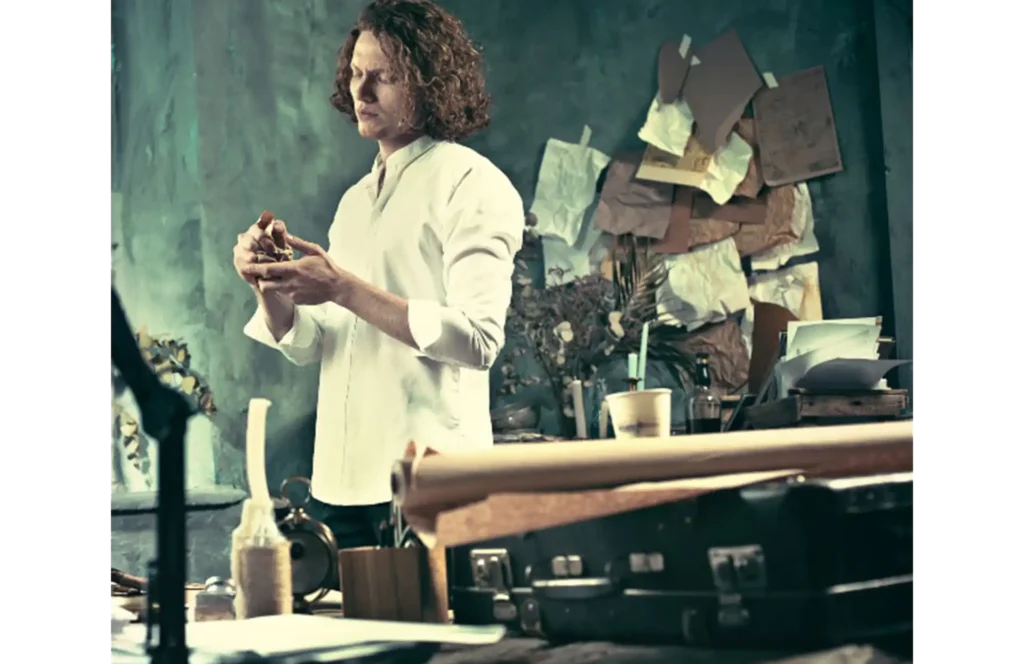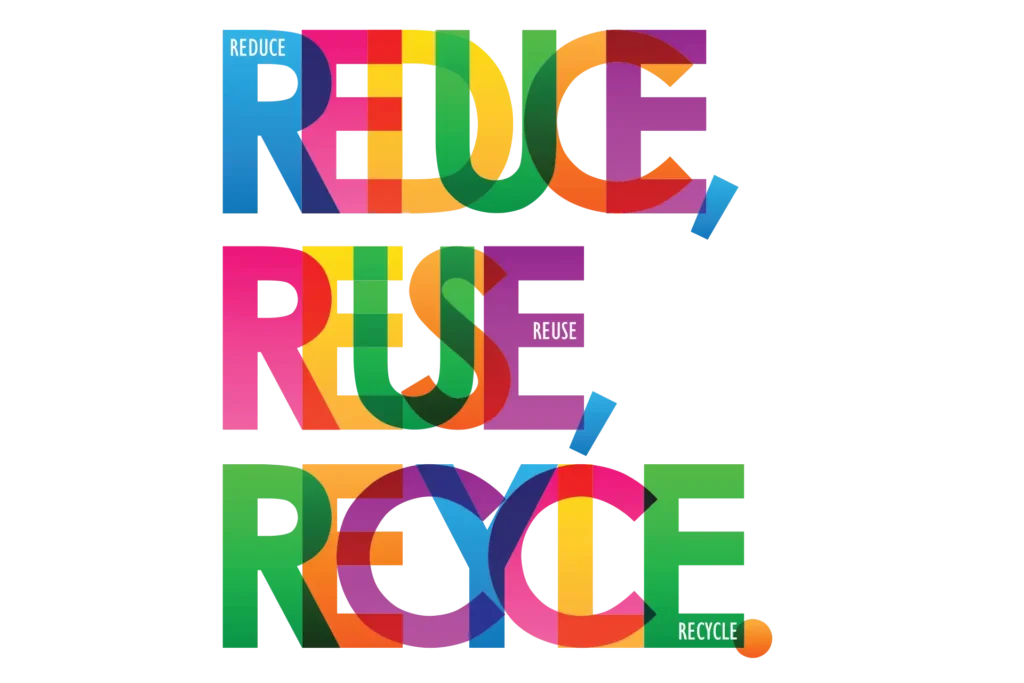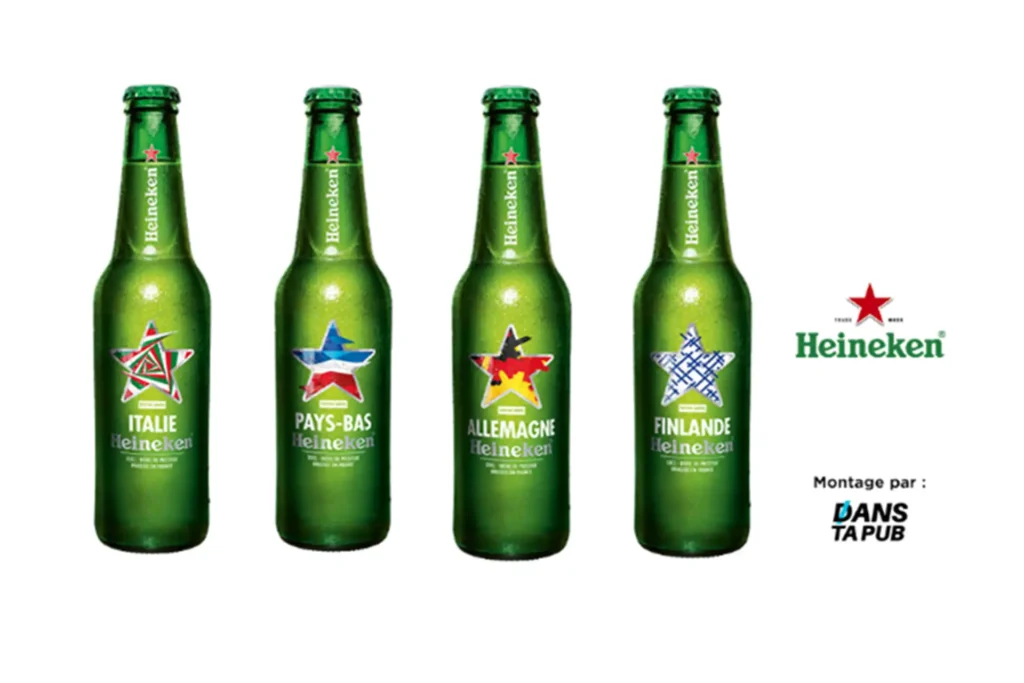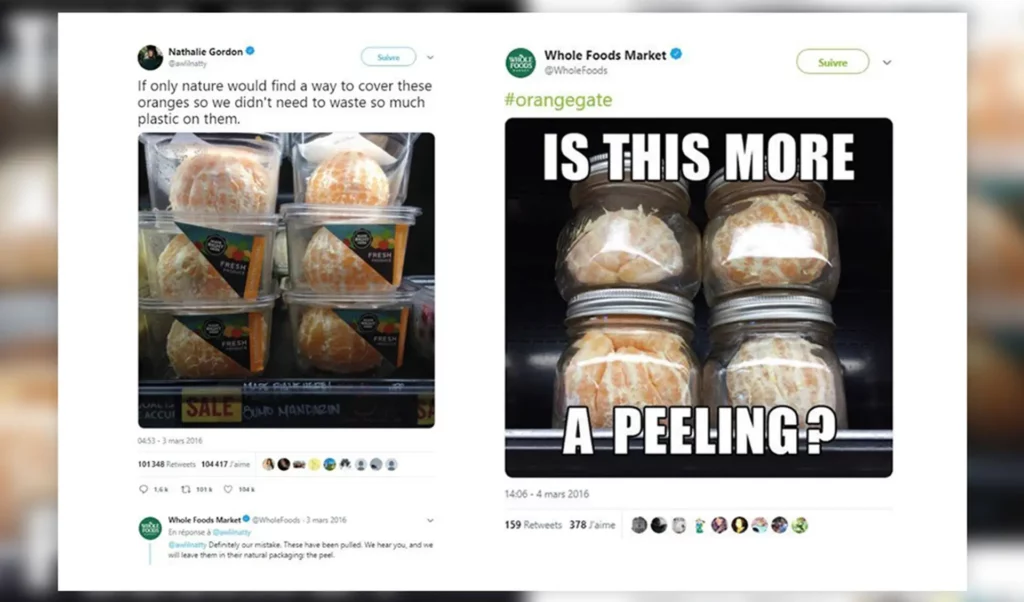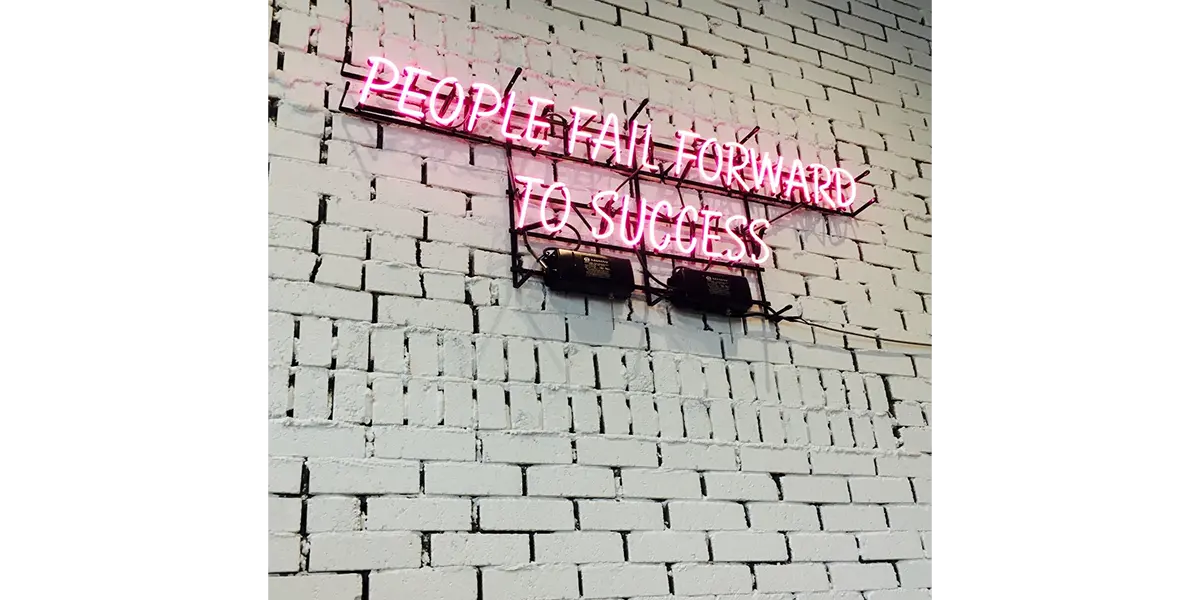Defining Copywriting
If you had to talk to customers individually to persuade them
The power to use the written word to persuade someone to take action
Closing in print. The ability to persuade, influence and engage.
Imagine if writing didn't exist. Imagine that, as a brand owner or manager, you had to speak individually to every prospect, customer, partner and passer-by. That means you'd have to tell them your brand name, your sales pitch, and so on. But not only that, you'd also have to fight for attention (even more than you do now). That would mean a lot of effort, time and saliva.
But of course, writing exists. It was invented a long time ago, in 3200 BC. Since then, we could say that copywriting was born. Especially if you consider the following definition of copywriting: The ability to use the written word to persuade someone to take an action.
But wouldn't you say that's the case with all writing?
Copywriting went through many stages before becoming what it is today. Starting with the cuneiforms engraved on stone, which looked something like this:

Up to our alphabet displayed on this:
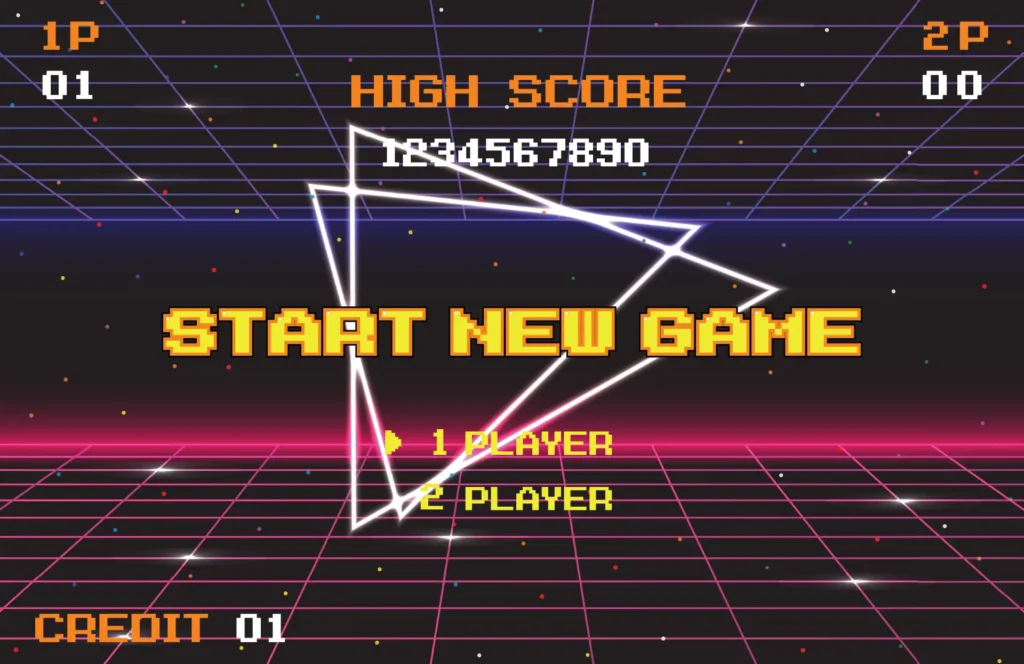
A more commercial perception of copywriting might be more suited to your understanding: the ability to persuade, influence and close sales through writing.
For your visualisation, imagine if the man in the vignette on this blog was a text.
Why is copywriting important?
Sales and Brand Image
Copywriting is important for sales, of course. Because the writing you put out on your communication channels will become your voice. But beyond this sales-oriented objective, there's another that must not be overlooked, and that's copywriting. is the branding aspect. Copywriting serves your branding because it is your constant and eternal spokesperson for your company.
Like any spokesperson you hire, he or she has to match who your company is and what it's trying to achieve: the way he or she presents himself or herself, the way he or she dresses, but above all, the way he or she speaks. In copywriting, if words are the "what" of the subject, tone is the "how".
When you decided to create a brand, you had an idea of certain keywords you wanted to associate with it. These keywords are then conveyed through all your communication channels as part of your marketing plan. Copywriting is not outside the scope of marketing. And the way in which the content is written must convey these keywords.
This is done in a number of ways, such as word choice, phrasing, choice of pronouns and the type of content itself.
Different Voice Tones
Perhaps you're not sure how a tone of voice is defined or how your brand is represented through it. One obvious way to find out is to check how your customers talk. After all, they're the ones who will read your content and act on it. But they'll feel closer to an organisation that understands them AND has their best interests at heart with an offer to solve a problem they have.

Here is a spectrum of the different tones your company can adopt:
- Concise / Discursive
- Detached / Warm
- Professional / Casual
- Serious / Fun
- Formal / Informal
You could look at that spectrum of tones and say something like "I don't really need a tone because I sell to other companies". I get it.
A tone is a polarising thing to some extent and not something you want when working with other organisations. However, I would argue that it is a good thing.
If your content is corporate and bland without any personality, it will only be a few seconds before your reader clicks the back button. Your brand can be many things, but it can't be boring. To think that this doesn't apply to B2B communication is simply not true because we are all humans communicating with each other.
I would even add that we are 21st century humans with a high intolerance for anything boring. So leaving no impression on your audience is the worst thing that can happen to you. Conversely, if someone hates your tone, that's great - it means they'll probably like it.
This is where the commercial definition of copywriting is limited. In a way, it excludes the more psychological approach that exists between the copywriting of your brand and your target.
Here is a more modern definition of the discipline: The written words of your business concept and marketing strategy.
How to do Copywriting?
We want words to boost sales, create good branding and move your target to action.
Brilliant!
But first we have to listen.
We'll want to know about you, your organisation, what you do and the essence of what makes your customers tick. It may seem pointless, but if we can understand who you are, it will be easy to create cutting-edge content and make your target care about what you have to offer.
Sales haven't really changed, but the way we make sales has, here's how:
🚫 Past are the days where a buyer would come on a website for the first time and make a purchase.
🚫 Gone are the days when product-centric speeches closed the deal.
🚫 Gone are the days when aggressive selling and intrusiveness made people buy.
Our customers have matured, they know all the sales tricks.
It gets worse. They may feel they are being led and may push you away. This can prove fatal. Because today, they have access to countless other offers at their fingertips thanks to the power of the internet. If your target's behaviour changes, you have to change with them.
Successful sales today are made by self-persuasion rather than direct persuasion.
Sales copy doesn't make for memorable content. It's either unappealing or boring, and that means that over time your business loses or fails to gain trust and authority.
Here's what good copywriting does:
1 - It makes money.
Just because sales have changed doesn't mean it's become anything different. At the end of the day, good copywriting converts, always. Professional services have a 10% conversion rate, while e-commerce sites have a 3% conversion rate. Copywriting on a landing page can add 2% to these figures. In other words, it can increase sales by 50%.
- Conversion rate of 1%: you need a copywriter.
- Up to 3%: not bad.
- From 3 to 5%: you have skills.
- From 5% upwards: you have hired a professional.
2 - He is honest and clear
Not telling the truth to sell is a bad idea. Respectable companies know this. However, many companies are guilty of using ambiguous language. All businesses have their shortcomings. It can be tempting to hide them with deliberately ambiguous and obscure language, or with tortuous and misleading wording. This does not work.
Clear, understandable content is more pleasant to read because it flows naturally for the reader. If your text is easy to read, then your audience will get the impression that your offer is easy to buy.
3- It's interesting
As mentioned above, with the changing behaviour of consumers around the world, companies need to change the way they communicate. Today, the road to sales is paved with good content.
Good content can take many forms, but let me tell you that if you think it's about your brand and your product, you're probably wrong. You need to think about your customers:
✅ What do they want when they search for things on their browser?
✅ What information related to your industry would they like to acquire?
Use your website as a direct sales tool, but don't give the impression that's what it's for. Because the internet is first and foremost a means of obtaining information and your company should jump at the chance to give it to them. By doing so, you will become a reference in your target's mind. They'll remember you and come back for more... and probably buy from you when the time comes.
In turn this will increase sales, boost your traffic, give you backlinks and give you better ranking on search engines which will in turn drive even more traffic to your website and increase sales. 🔃

So how do you make good content?
Key Ingredients :
- Good Writing : Grammar and all.
- Combined Design and Marketing : The writing can be great but if it looks ugly on the page and no one can find it then it might as well not exist at all. Make sure your pages look good.
- Highlighting Value The message will have a more lasting impact if it is based on the value provided by the product or service.
- Getting specific Back up what is said with statistics. Numbers speak louder than words.
- Making it personal People (usually) read alone, it makes it more natural to write in that matter.
- Appropriate tone of voice We speak the language of our audience to be understood.
By following these principles, you can create compelling and effective copywriting that stimulates engagement, builds your brand and increases sales.
Don't hesitate to contact us for a free audit of your business - we're here to transform your communications and maximise your impact!







